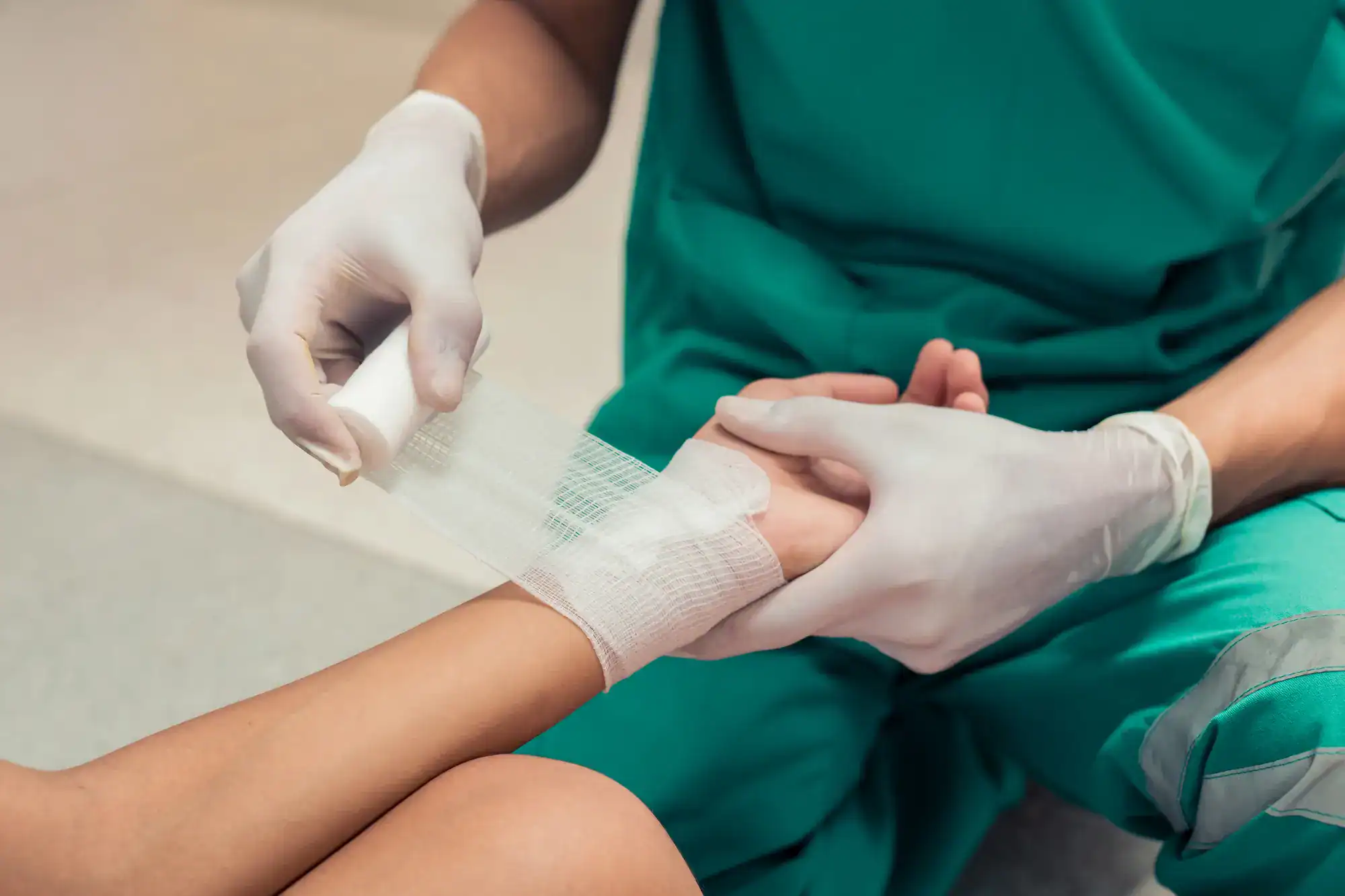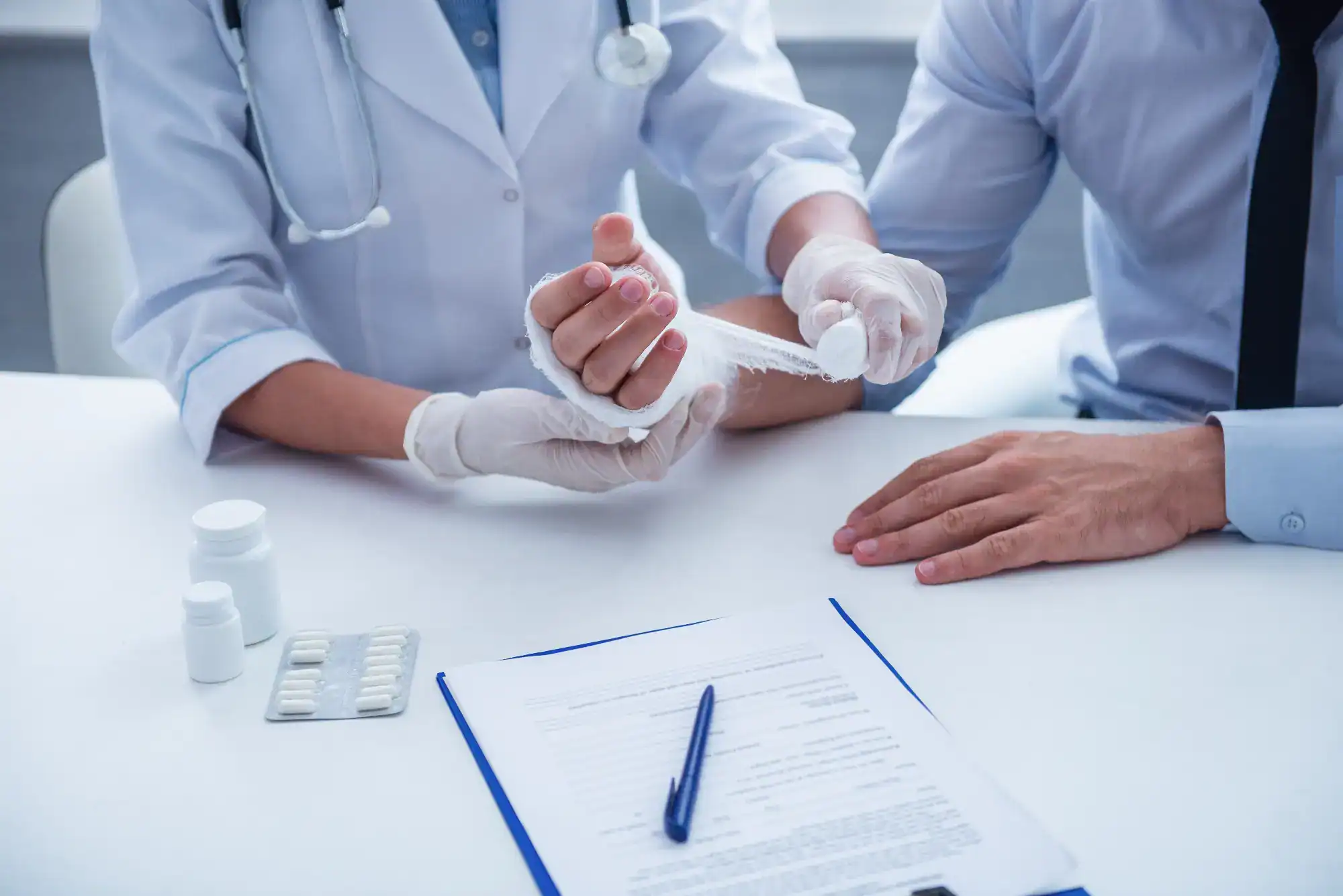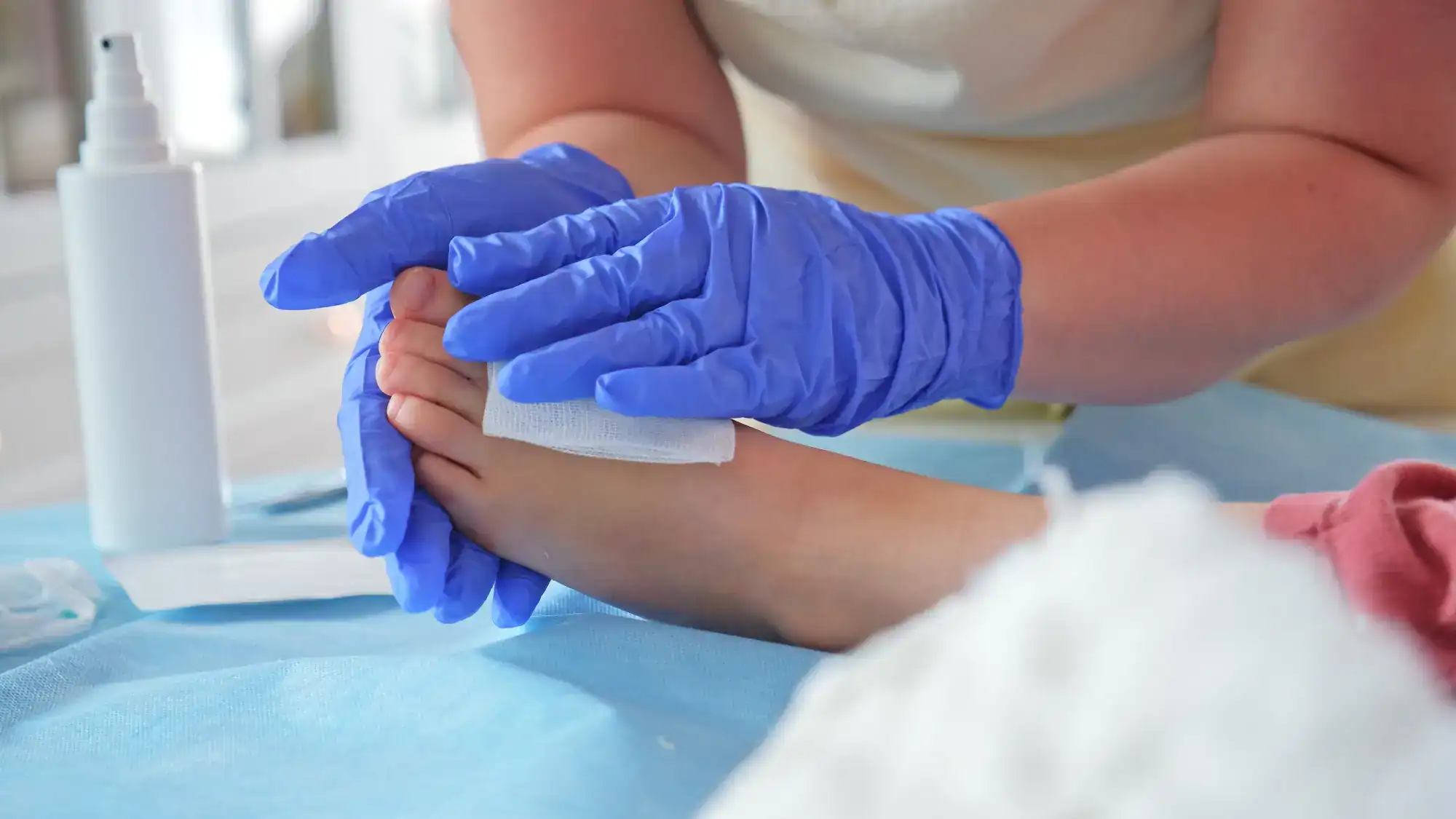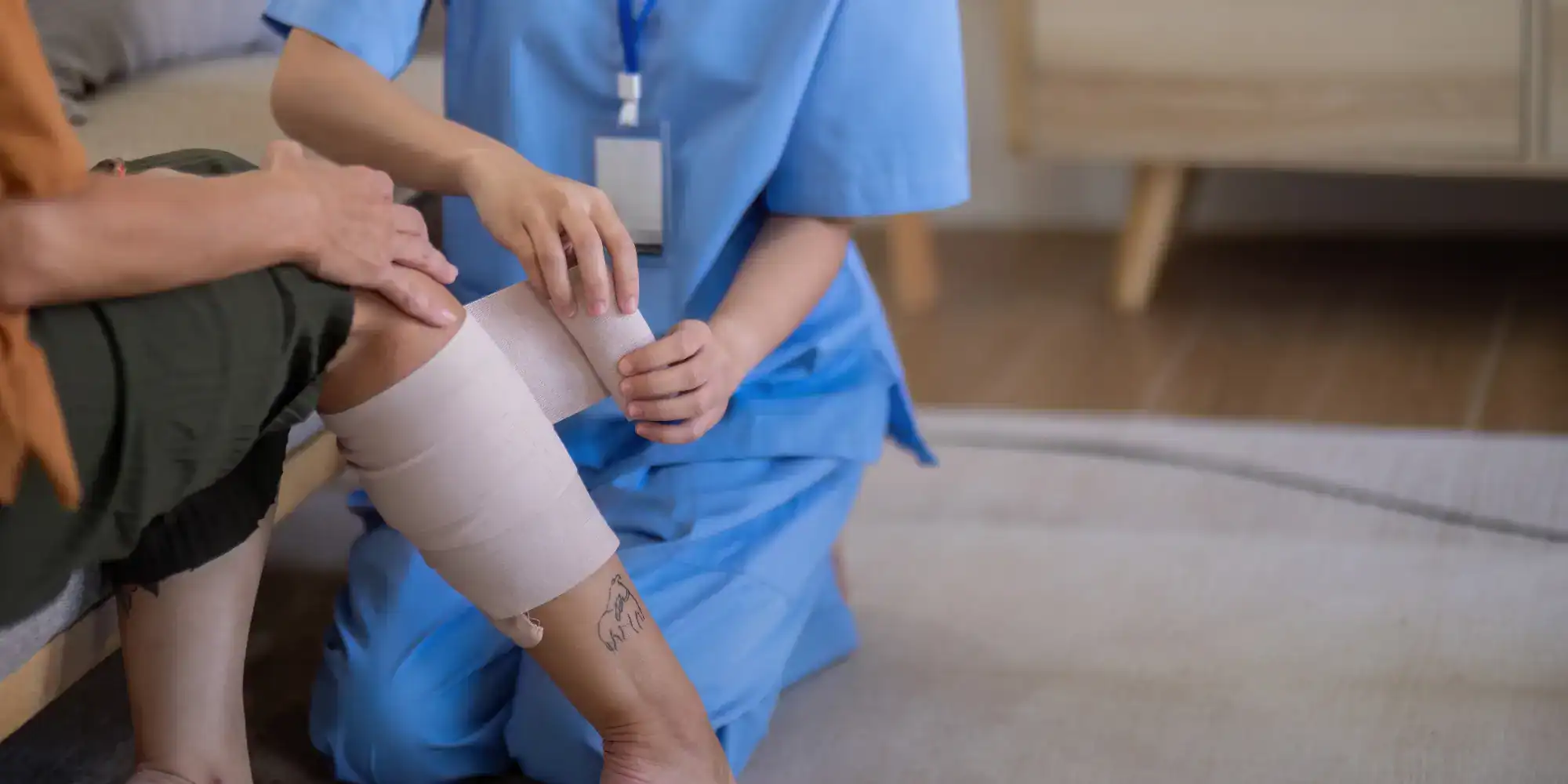Advanced wound care that gets you back to living without the constant worry of infection or complications.

See What Our Customers Think

You wake up without that nagging pain that’s been your constant companion for months. The wound that wouldn’t close despite everything you tried is finally sealed and strong.
You’re back to walking without wincing. Back to sleeping through the night instead of waking up to check bandages. The fear of infection that kept you anxious is gone because your body is doing what it’s supposed to do – heal.
Your family stops asking how you’re feeling every day because they can see you’re actually better. You’re not planning your day around wound care appointments or wondering if this is the week something goes seriously wrong.
We’ve been treating wounds that other providers couldn’t heal throughout the Chaires area. We see the patients who’ve tried everything else – the diabetics whose foot ulcers won’t close, the elderly dealing with pressure sores, the post-surgical patients whose incisions keep opening.
We’re not your typical medical practice. We focus specifically on wound care because that’s where our expertise makes the biggest difference. When your primary care doctor says “let’s refer you to a specialist,” we’re often that specialist.
Our team understands that by the time you reach us, you’re probably frustrated and worried. We’ve built our practice around getting results for people who need them most.

Your first visit starts with understanding why your wound isn’t healing. We examine the wound itself, but also look at circulation, infection, nutrition, and any underlying conditions that are working against you.
We create a treatment plan that addresses the root cause, not just the surface problem. This might include advanced dressings, negative pressure therapy, bioengineered skin substitutes, or other specialized treatments that most clinics don’t offer.
You’ll come in regularly so we can monitor progress and adjust treatment as your wound heals. We track measurable improvements – wound size, depth, signs of infection – so you know exactly how you’re progressing. Most patients see significant improvement within the first few weeks, with complete healing following shortly after.

Ready to get started?
Every patient gets a comprehensive wound assessment using advanced diagnostic tools to identify exactly what’s preventing healing. We don’t guess – we measure and test until we understand your specific situation.
Your treatment plan includes access to advanced therapies like hyperbaric oxygen, bioengineered tissues, and growth factor treatments that aren’t available at most clinics. We also coordinate with your other doctors to make sure diabetes management, circulation issues, or other health conditions aren’t sabotaging your healing.
You’ll receive detailed education about wound care at home, including proper cleaning techniques, when to change dressings, and warning signs that require immediate attention. We also handle insurance authorization and billing so you can focus on healing instead of paperwork.
